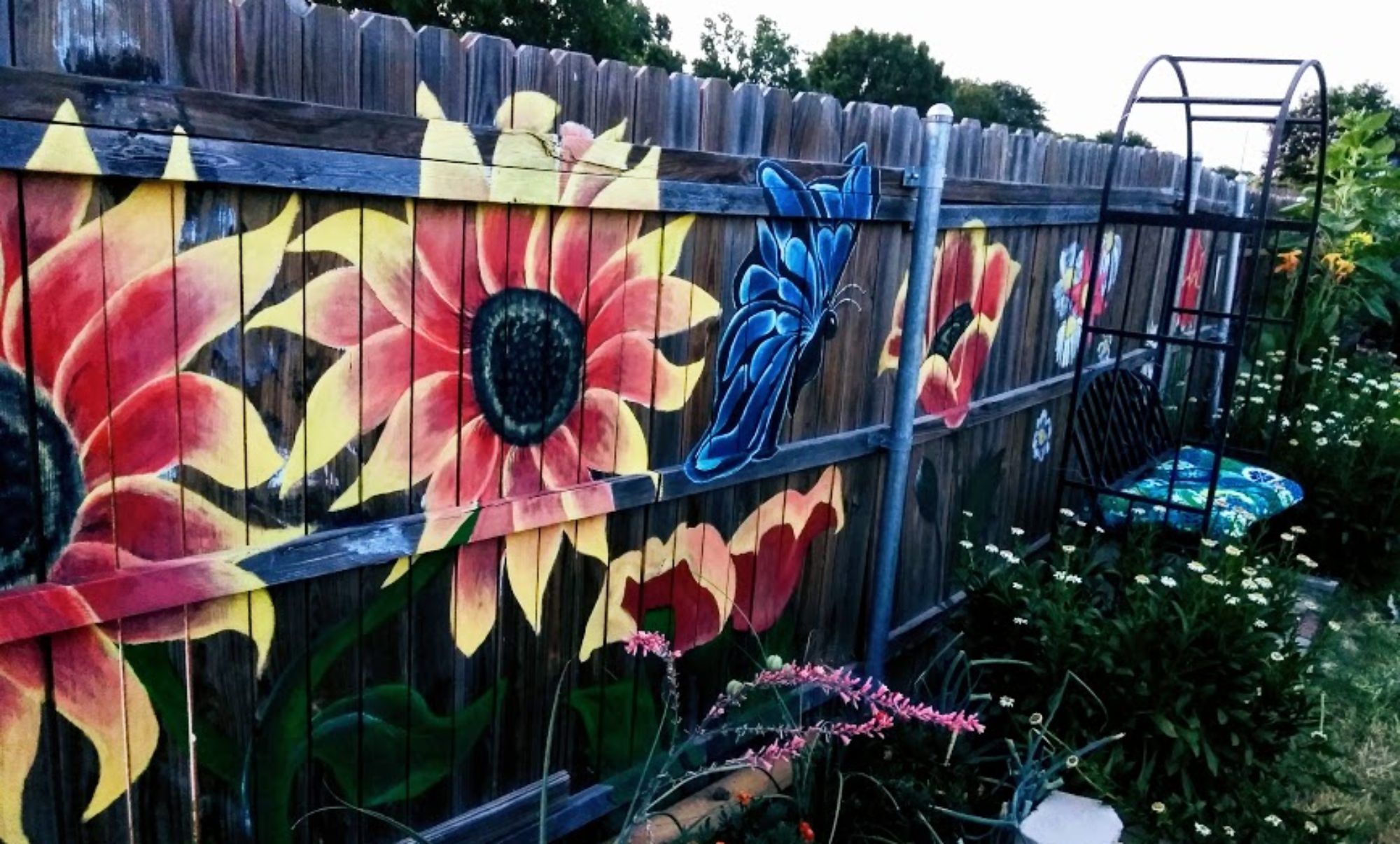Growing Dill
About Dill
Dill looks like a plant that comes right out of a fairy garden! It has an almost magical quality with long green stems that branch out into clusters forming an umbrella of bright yellow flowers adorning wispy blue-green fern like leaves. The flowers also make dill nice to have in your bed as they seed profusely making growing dill so easy guaranteeing its return over and over again.
Dill is a biennial and comes from Mediterranean and southeastern European areas. It is most commonly known for its wonderful culinary uses where every part of the plant, from its stems to the flowers and seeds can be eaten. It is a member of the parsley family, which makes it one of those aromatic plants known as umbellifers. As such, it’s not uncommon to catch the smell when walking through any garden where dill is growing; or, find many pollinators like wasps, bees and butterflies visiting the site.
How to Grow
Dill can be grown in containers or outdoors in natural beds. It can also be grown indoors as long as it has a bright spot with good sun for at least 6 hours a day. However, once a decision has been made on where to place it, don’t move it! Dill has a very large tap-root system that does not like to be moved and would likely not transplant well if attempted.
Dill likes sandy soil or well-drained soil that is around 70 degrees when planting. It will grow taller and stronger in full sun however it does prefer consistent moderate weather that is not either too hot or too cold so plan for some shade if you are in a spot with extremely high heat. Sow seeds broadly a quarter to 1" deep and within 30 days of sprouting thin to about 12" apart.
Tips
- Dill ferns can be cut as soon as they have four branches on them and should be harvested before the flowers bloom for the most optimum flavor.
- If more ferns are preferred plant fern leaf, for more seeds plant mammoth; or, go wild and plant both to ensure a large supply for canning, garnishing, soups and seasoning.
- Dill can grow from three to four feet tall and may need support with stakes so try to plan it in a space that is protected from high winds.
- Harvest dill when the umbel, the flower heard, has turned brown and the stem is still somewhat green.
- Black Swallow tail butterflies love dill; it would be surprising if they did not show up. If you want to avoid having them eat the ferns plant several spots around your space and choose one for them; then, migrate them to that section as they appear and enjoy their beauty.
Companions
Dill grows well with cucumbers (of course!) along with cabbage plants, corn, asparagus, onions lettuce, squash or basil. Dill does not do well with carrots.
Characteristics:
- Height: 24 to 48 inches tall
- Width: 12 to 24 inches
- Zone: 3 to 11; can be grown in summer in zones 3 and 8 and winter in 8-11
- Maturity: harvesting can start around 30-45 days with seeds at 60-90
Associated Content
Sigh up for articles from Oma: Oma's Home Page


You must be logged in to post a comment.